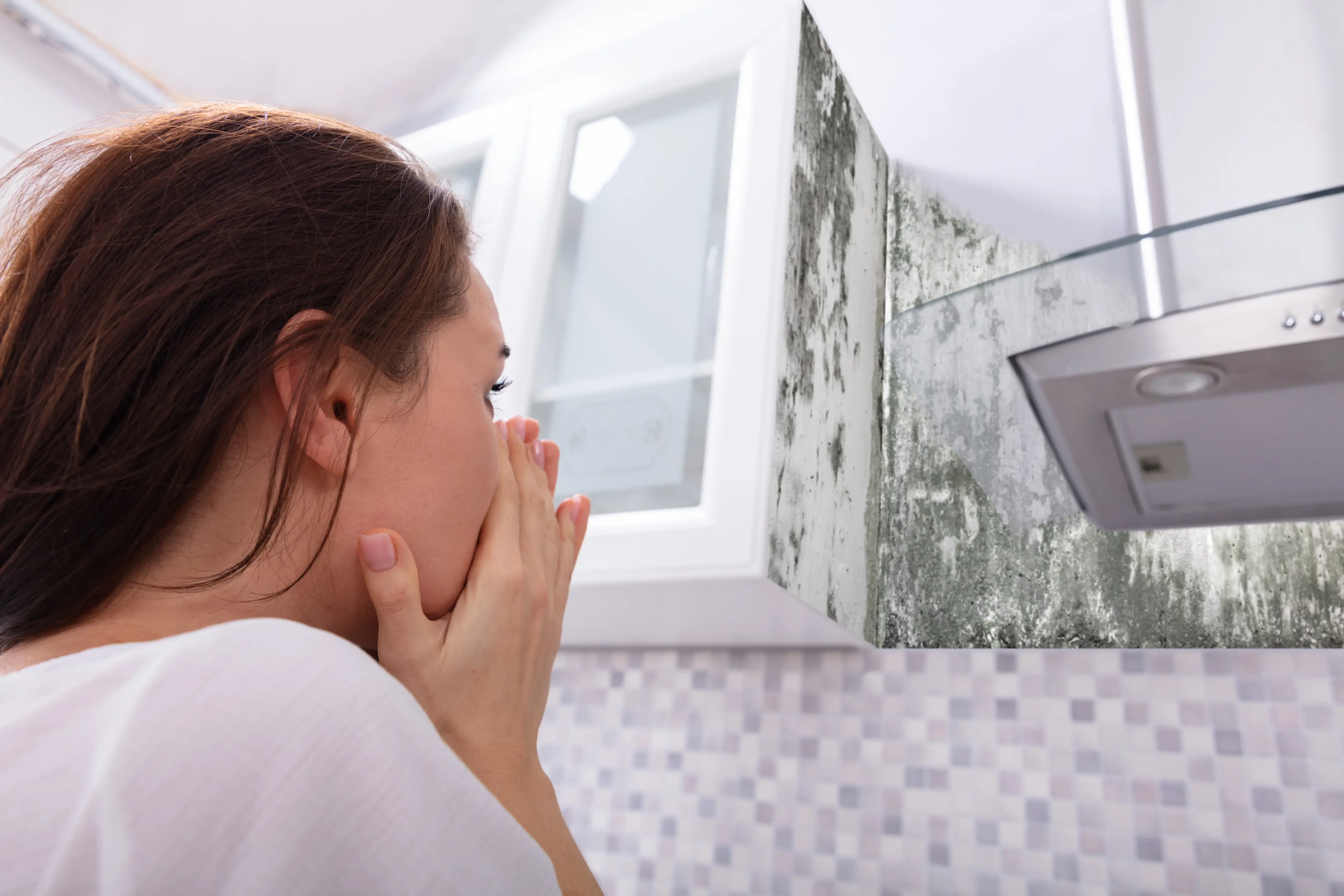
Mold Remediation
Mold Remediation By The Swade Group
Before starting remediation, a thorough assessment is conducted to determine the extent of the mold problem. This assessment includes identifying the source of moisture that is fueling the mold growth and evaluating the areas affected by mold.
To prevent the spread of mold spores to unaffected areas, containment measures are put in place. This may involve sealing off contaminated spaces with plastic sheeting and creating a controlled work area. Negative air pressure systems with HEPA filtration may be used to ensure that mold spores do not escape into the surrounding environment causing cross contamination.
Mold remediation professionals wear appropriate PPE to protect themselves from exposure to mold spores and mycotoxins. This typically includes N-95 mask, gloves, disposable coveralls, and eye protection.
Key Features
- Remove Contaminants - Mold damaged materials like drywall, insulation, flooring, and cabinets that cannot be salvaged will be removed and disposed of.
- Cleaning and Disinfection - Surfaces in the affected area are thoroughly cleaned and disinfected with specialized mold-killing agents.
- HEPA Vacuum - Following the cleaning, a HEPA vacuum is used to remove any remaining mold spores and debris from surfaces.
- Documentation - Throughout the remediation process, detailed records are kept, including before-and-after photographs, assessment reports, and remediation plans. This documentation is often required for insurance claims and legal purposes.
- Post-Remediation Assessment - After the remediation is complete, a post-remediation assessment is conducted to ensure that the mold problem has been effectively addressed. This may include air and surface sampling to confirm that mold levels are within acceptable limits.